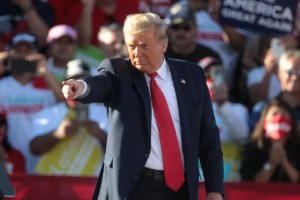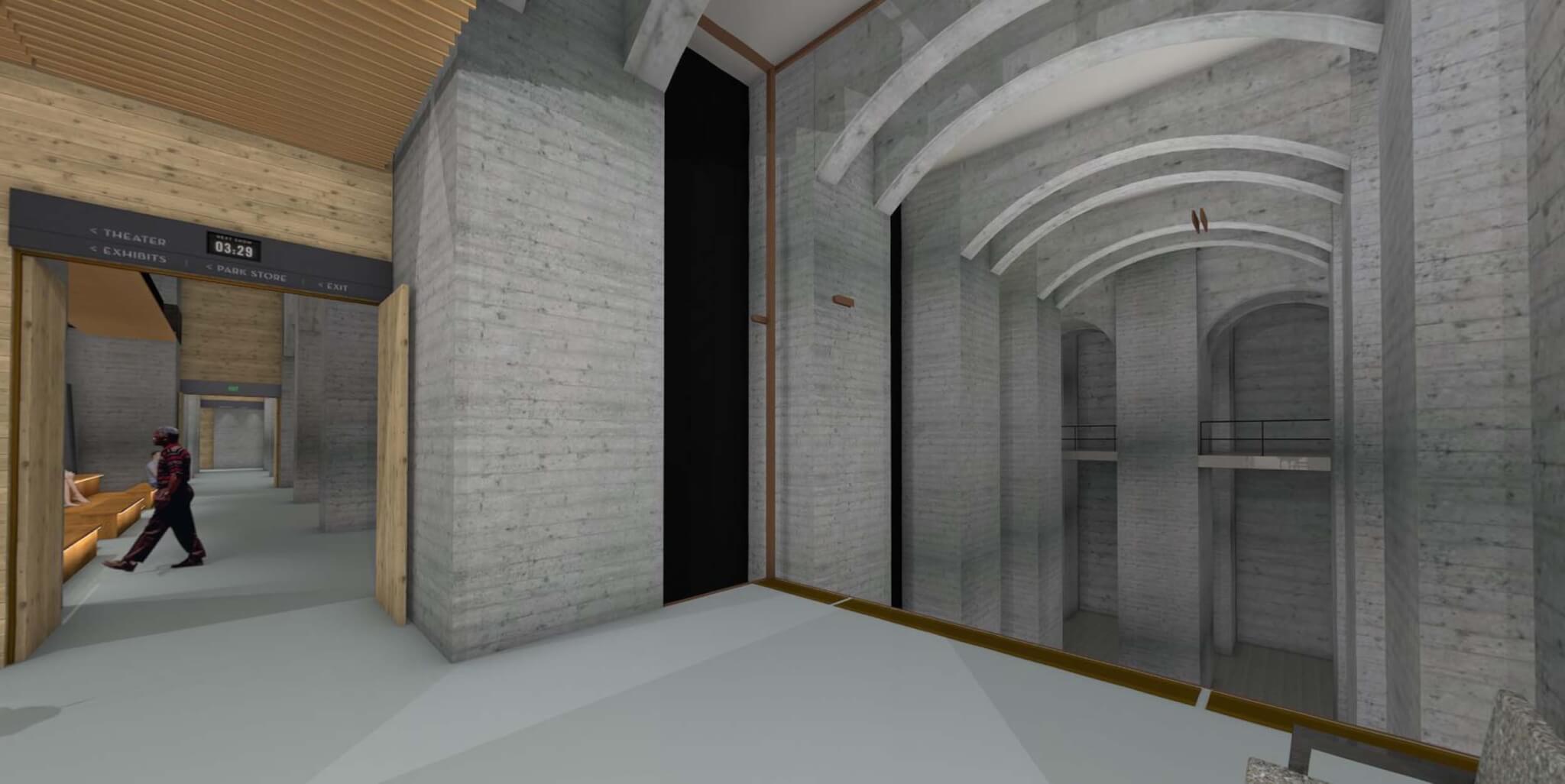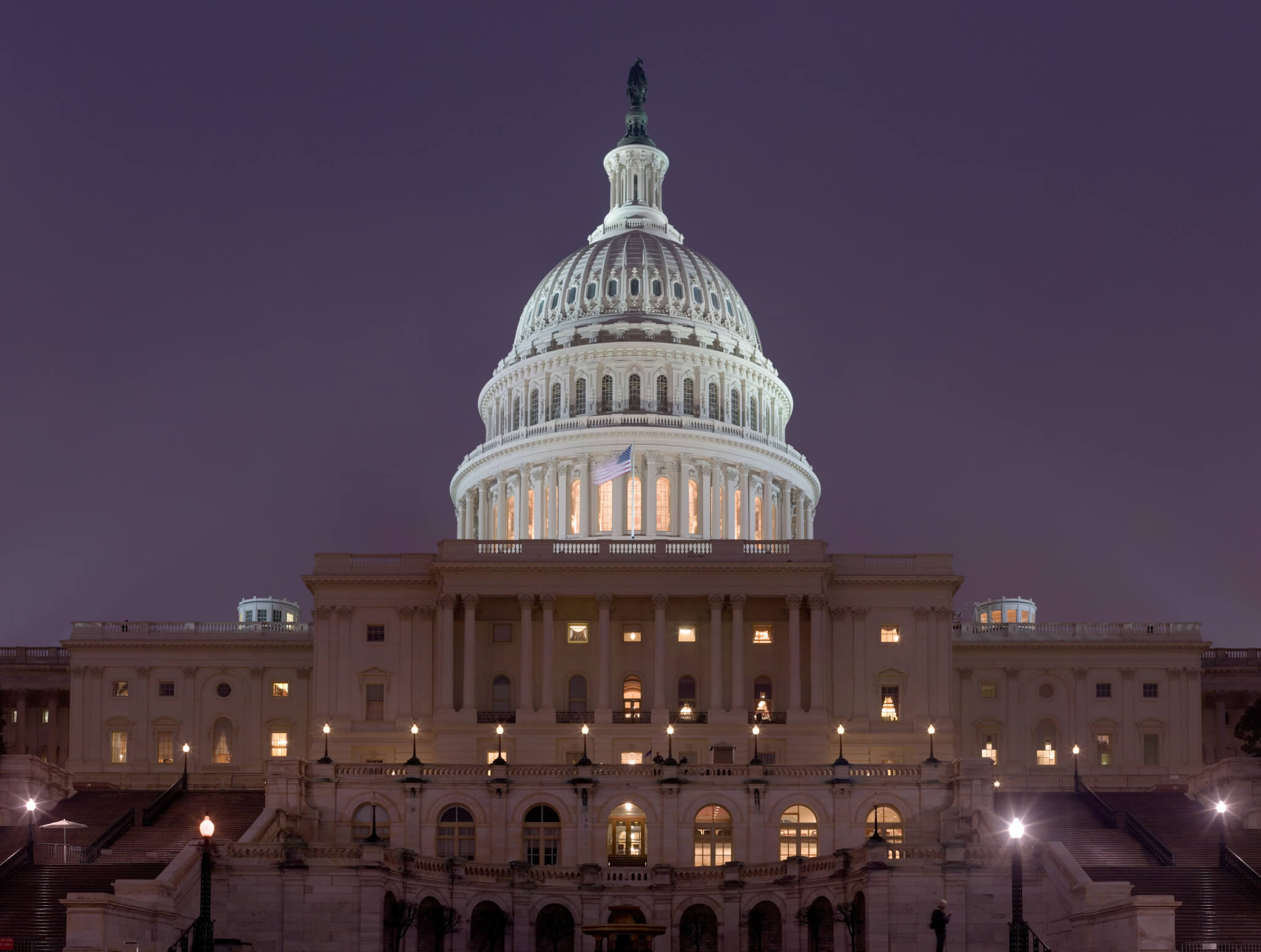During his final hours of occupancy in the White House, outgoing President Donald Trump signed an executive order commanding the creation of a so-called National Garden of American Heroes. Judging from the vast list of names—244 in total—included in the last-ditch January 18 decree, the proposed statuary park will likely be very large in size. It will also probably never come to fruition under the Biden administration.
While neoclassical structure-designing Founding Father Thomas Jefferson, a man no stranger to public statuary, predictably appeared on the truncated original list of names first floated for the proposed garden, he is now joined by a slew of fellow long-dead white male architects, some of them also already memorialized in public places: Frank Lloyd Wright, Cass Gilbert, John Russell Pope, Thomas Ustick Walter, and Henry Hobson Richardson. (Sorry, Louis Sullivan fans.) Engineer and urban planner Pierre Charles L’Enfant, the Paris-born designer of Washington, D.C., also made the cut for obvious reasons. As pointed out by Dallas Morning News architecture critic Mark Lamster, no practitioners of landscape architecture were included, a snub for the American father of the profession, Frederick Law Olmsted.
This is John Russell Pope. Let him be the first statue in the National Garden of American Heroes so that whenever someone enters they say, “Hmm, who is that?” And the answer comes: “Why that’s John Russell Pope, he was an architect. He designed Plattsburgh, New York’s city hall.” https://t.co/8CH1WgPsrH pic.twitter.com/dpcPkOsHyz
— Brian Goldstein (@bgoldst) January 19, 2021
In addition to the aforementioned architects, just a few of the many noted and not-necessarily-American notables (all “chosen for embodying the American spirit of daring and defiance, excellence and adventure, courage and confidence, loyalty and love”) who appear in the expanded list are Helen Keller, Whitney Houston, Davy Crockett, Edgar Allan Poe, Elvis Presley, Walt Disney, Kobe Bryant, Antonin Scalia, Sam Walton, Sojourner Truth, and Alex Trebek. (Ontario-born Trebek joins a generous handful of other naturalized United States citizens including L’Enfant, Ingrid Bergman, Albert Einstein, Nikola Tesla, Alfred Hitchcock, and, most curiously, Hannah Arendt, the German-American political theorist best known for penning The Origins of Totalitarianism.)
Another eyebrow-raising name is that of Woody Guthrie, the folk singer who openly despised Trump’s father, Fred Trump, and even penned a song titled “Old Man Trump” that lambasted the elder Trump and called out his practice of racial discrimination at his New York City housing developments. The Tulsa-based Woody Guthrie Center tweeted: “While we appreciate Woody being recognized, at this time in our history, we are confident he would feel the attention and funds would be better spent on helping those in need.”
When a draft of the order was released following a Fourth of July rally held by Trump at Mount Rushmore, it was met with widespread ridicule and condemnation with many observers pointing out that the names of influential Hispanic Americans, Native Americans, Asian Americans, and LGBTQ Americans were omitted. (Five African Americans appeared on the initial list with color line-breaking baseball legend Jackie Robinson, who died in 1972, being the most contemporary.) While a somewhat more diverse range of American figures appears on the finalized list, it remains both predominately male and aggressively odd, with Twitter users describing it as “the social studies hall of fame,” “the statue version of one of those weird restaurant murals that has every possible celebrity on it,” and as having “big elementary school library vibes.” Speaking to Axios, presidential historian Michael Beschloss noted: “Many of the people on this list of ‘heroes’ would be embarrassed to be singled out by someone like Donald Trump.”
I will be bringing my own statute to the National Garden of American Heroes.
— R. Eric Thomas (@oureric) January 18, 2021
The National Garden of American Heroes was conceived by the Trust administration in reaction to last summer’s widespread protests over racial injustice following the deaths of George Floyd, Breonna Tayler, and other Black Americans at the hands of law enforcement. During the protests, numerous Jim Crow-era monuments of Confederate leaders and representations of historical figures associated with bondage, oppression, bigotry, and genocide were vandalized, toppled, or preemptively removed in American cities and abroad. Leaning heavily into hyperbolic language while ignoring the reasons why the statues came down in the first place, the executive order only refers to a small number of non-problematic statues that were “damaged and disfigured” in isolated outbursts of vandalism over the summer.
Referring to what transpired over the summer as “dangerous anti-American extremism” with no mention of the recent storming of the U.S. Capitol, the executive order goes on to note that the National Garden of American Heroes, which would be funded and maintained by the Department of the Interior with an anticipated completion date in 2026, is “America’s answer to this reckless attempt to erase our heroes, values, and entire way of life.”
In response to the historic ongoing civil rights movement seeking an end to structural racism and police brutality, numerous cities including Chicago have pledged to form committees dedicated to the reassessment of all statues and monuments in their respective inventories. Relatedly, in June, the Andrew W. Mellon Foundation launched the Monuments Project, a five-year, $250 million grant initiative that will fund the creation of new memorials, monuments, and “historic storytelling spaces” that honor and celebrate the diverse number of Americans and American histories often overlooked and unrepresented in the public space.











